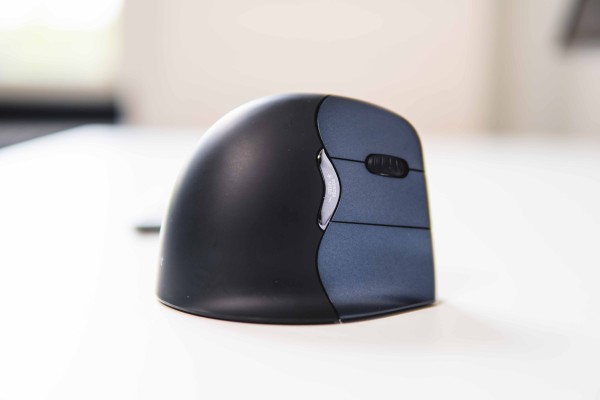Our solutions
By workplace
By function
We supply a wide range of ergonomic mice with the aim of preventing and alleviating injuries whilst improving your comfort, well-being and productivity. On this page you will find all our ergonomic mice and you can easily and quickly find your suitable mouse!


Need help? We're here for you
Look at our FAQ or contact us
Many customers preceded you
Read about their experience with BakkerElkhuizen